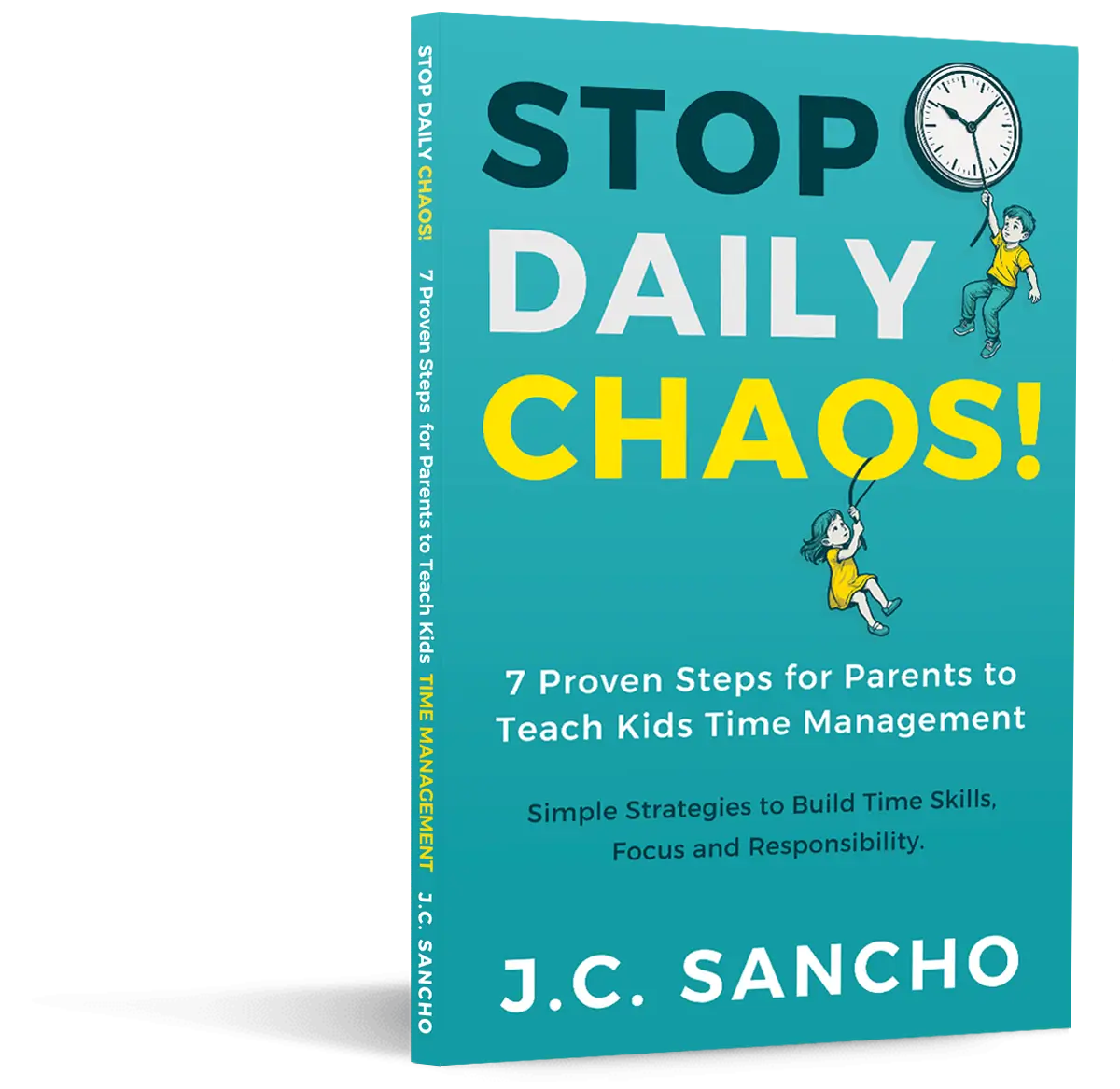Embracing Indoor Days: The Parent’s Guide to 100 Activities for Kids
As parents, we’ve all faced the challenge of a rainy day with our kids cooped up indoors. It can feel like a daunting task to keep them engaged, entertained, and learning while juggling everything else on our plate. The good news: your home is a treasure chest of possibilities. With the right ideas, indoor days can become some of the most memorable ones you share together.
The Power of Indoor Play: More than Just Killing Time
Indoor play refers to any activity kids can enjoy inside—whether that’s the living room, a cozy corner, or a cleared-out hallway for action-packed fun. This kind of play does more than pass the time. It feeds imagination, sharpens thinking skills, builds emotional resilience, and gives kids a sense of comfort and security.
Every room becomes a chance to explore something new: a kitchen becomes a science lab, a bedroom becomes a stage, and a hallway becomes a racetrack.
100 Indoor Activities for Kids
Here is a complete list of 100 ideas—creative, active, quiet, silly, educational, and everything in between. These are designed to work for different ages, attention spans, and moods.
- Build a blanket fort
- Create an indoor scavenger hunt
- Make homemade slime
- Put on a puppet show
- Paint with watercolors
- Have a dance party
- Write and illustrate a comic book
- Make DIY playdough
- Practice simple magic tricks
- Play charades
- Set up a pretend grocery store
- Do a kids’ yoga session
- Make paper airplanes and hold a contest
- Create a cardboard city
- Make friendship bracelets
- Do a blindfold taste-test challenge
- Build with LEGO or blocks
- Host a family talent show
- Bake cookies together
- Try a science experiment with kitchen ingredients
- Read aloud from a favorite book
- Make a handprint art project
- Create a time capsule
- Play hide-and-seek
- Set up a mini bowling lane with plastic cups
- Put together a puzzle
- Make paper bag puppets
- Decorate cupcakes or muffins
- Invent a board game
- Play “restaurant” and cook pretend meals
- Have a bubble bath for toys
- Build a race track with tape on the floor
- Make a collage from magazines
- Practice juggling with soft balls
- Write a short story together
- Do a sock-matching race
- Create a nature-themed craft
- Play a card game
- Build domino runs
- Make a giant floor mural with butcher paper
- Try origami
- Sort and count coins in a “money lab”
- Set up sensory bins with rice or beans
- Do a treasure hunt with clues
- Make simple costumes from old clothes
- Learn a new dance routine
- Have a movie-free “storytelling hour”
- Play “freeze dance”
- Make a family gratitude jar
- Plant seeds in small pots by the window
- Build a mini obstacle course
- Make finger puppets
- Play bingo with homemade boards
- Create salt dough ornaments
- Make a pretend post office
- Do a “guess the object” mystery bag
- Write letters to family members
- Play dress-up
- Make a cardboard castle
- Try indoor “snowball” fights with soft socks
- Learn basic sign language
- Make beaded necklaces
- Do a color-sorting activity with toys
- Have a mini scavenger hunt for shapes
- Build a marble run
- Make a scrapbook
- Do indoor hopscotch with painter’s tape
- Try balloon volleyball
- Make puppets from old socks
- Practice shadow puppets with a flashlight
- Create a family crest
- Do a memory-matching game
- Build a cardboard maze for toy cars
- Make homemade bird feeders
- Do a “tiny art gallery” on sticky notes
- Have a storytelling round-robin
- Make calm jars with glitter
- Host an indoor picnic
- Play “20 Questions”
- Create mosaic art with cut paper
- Make your own puzzles by drawing and cutting shapes
- Have a treasure-box decorating session
- Practice simple sewing with kid-friendly needles
- Build towers and test how many books they hold
- Set up a “spa day” with warm water and lotion
- Create a toy wash station
- Make a cardboard robot
- Try indoor bowling with stuffed animals as barriers
- Freeze small toys in ice and “rescue” them
- Make stamps from potatoes or sponges
- Play the floor-is-lava game
- Host a pretend newscast
- Learn how to fold clothes together
- Create a mini museum with favorite objects
- Make a kids’ cookbook with photos
- Build a tent from sheets and chairs
- Make lanterns from jars and paper
- Create and practice a secret handshake
- Write a poem together
- Design a dream bedroom on paper
Main Strategies for Successful Indoor Play
Promoting Creative Play
Creative play encourages imagination and emotional expression. Activities like puppet shows, music sessions, or DIY art stations help kids explore ideas and feelings while boosting confidence.
Integrating Educational Activities
Learning slides naturally into play when it feels hands-on and fun. Whether it’s measuring ingredients while baking or discovering shapes during a scavenger hunt, kids absorb lessons more easily when they’re wrapped inside experiences.
Navigating the Challenges of Indoor Play
Indoor play brings joy, but it also brings clutter and the occasional “I’m bored.” Rotating activities keeps things fresh, and designating specific play zones helps contain messes. Even clean-up can become a game—turn on a timer and make it a race.
Taking Indoor Play to the Next Level
These activities aren’t just about filling a rainy afternoon. They’re chances to connect, communicate, and teach skills like patience, cooperation, and responsibility. Small moments of shared attention often become the memories kids revisit years later.
Your Questions Answered: Insights on Indoor Play
- How can I motivate my child to participate in indoor activities?
- Let them help choose the day’s activities. When kids feel ownership, they feel excitement.
- What if my child prefers screen time over these activities?
- Balance is key. Clear expectations paired with inviting, varied options often help ease the transition.
- Can indoor play support my child’s physical development?
- Absolutely. Dance parties, obstacle courses, and yoga sessions are excellent for building coordination and strength.
The Journey Ahead: Embracing Indoor Days
Rainy days don’t have to feel like a setback. With a bit of creativity and planning, they become warm, memorable opportunities to learn, connect, and simply enjoy being together. When kids grow up, they rarely remember the weather—but they always remember how the day felt.
This guide offers general ideas and is not a substitute for professional medical or educational advice.



